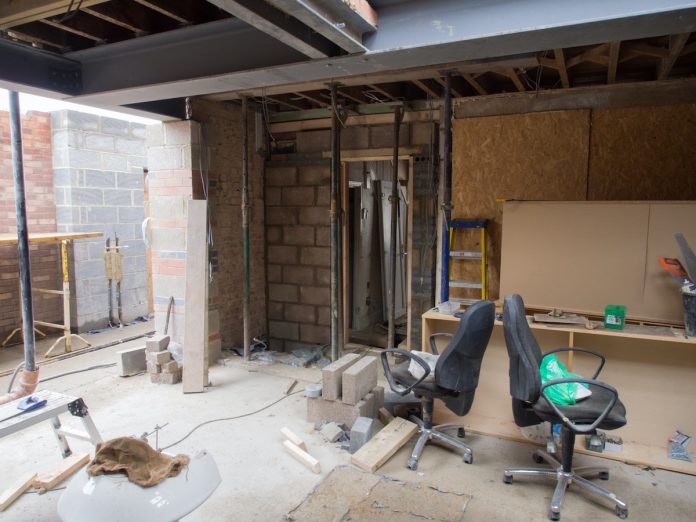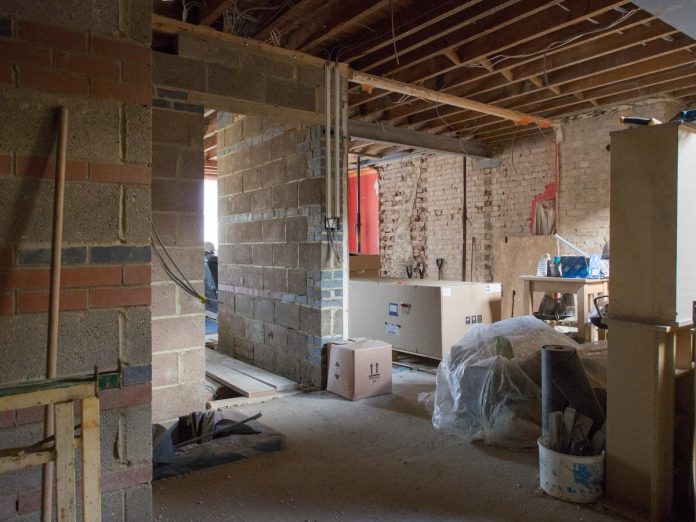How To Choose The Right Waterproofing Method For Your Basement
Basements are a great feature of most homes because they give you extra space to turn into anything you like. You could convert it into an entertainment, laundry, bar, or gaming room. However, before you could start turning it into the basement of your dreams, there are specific steps you need to do to prepare it. Keep reading to find out some basement waterproofing tips.
Because they’re underground, they can be prone to flooding, leaking, and water damage. And knowing how water can seriously affect your home’s foundation, getting any flooding in the basement repaired should be a priority. Basement waterproofing is the most effective and trusted way to ensure the space stays dry and safe from mold growth and water damage.
It’s a protective home improvement that many homeowners invest in. After you get it done, you could start making your basement into whatever room you want it to become. Here are some things you should consider:
1. Interior Waterproofing For Leaks And Moisture Inside The Basement
Interior waterproofing involves all kinds of methods, but they’re all done inside the basement. However, before any sealing or coating can be done, it’s best to find out the water sources. They might be coming from damaged piping, seeping through the foundation, or even from condensation. After finding out the sources of the moisture, the choices for solutions can be more precise to avoid it from happening in the future.
The process will often include sealing and filling cracks on the walls, floors, and ceiling. If you have any doors and windows, it’s essential to get them sealed, especially for half-basements.
Nonetheless, even if sealants effectively keep moisture away, it still doesn’t solve the water source. So, there will still be necessary repairs and waterproofing that should be done outside the basement and the home for protection.
2. Exterior Waterproofing For Water Coming From The Outside
Indeed, water coming from inside the home such as plumbing and condensation could be responsible for flooding and moisture. However, water could also come from outside, especially if you live in a place prone to flooding and heavy rains. It could also come from clogged sewer pipes, inadequate lawn drainage, or other causes.
Interior waterproofing is far simpler because it only involves using sealants. But when it comes to exterior waterproofing, it’s a massive project that’ll require professionals and even heavy machinery.
It’s best to start the exterior waterproofing method during sunny seasons because the soil surrounding the basement and your home’s foundation will be dug up. Then, the exterior wall and foundation will be cleared to get rid of the soil and prepare it for sealing.
Because of how labor-intensive this process is, it’s best done during the home’s construction. Although it’s possible to get this done even after the house has been built, it’s a massive invasive project.
3. Interior Drainage To Redirect Water Away From The Basement
Another step to waterproofing your basement is adding interior drainage. While the basement is being dug up, it’s also the perfect opportunity to get some plumbing done around the area. This way, you’re also dealing with anything else that could contribute to basement flooding.
As part of this process, observe whether the ground slopes away from the foundation. This will help the water drain out and keep it from soaking your basement. The entire drainage system for the basement will also rely on the surrounding area and the soil where your home is built. You could also look into getting a sump pump installed, so that water can be drained out and away from your home.
Even if the entire basement is sealed, there are still chances that a flood could creep in. So, getting ready with interior drainage is one of the best ways you could avoid water from pooling in the room. During heavy rainstorms, it’s possible to get flooded while the power is out, so it’s best to make sure that the drainage has a backup power source for emergencies.
Besides, a completely sealed room without a proper drainage system is just like a bucket. It can get filled up quickly once there’s a chance for water to enter. But it’s more challenging to get rid of the water when it gets in.
Conclusion
Water seems harmless, but it can do some harm to your home in the long run. It could ruin the foundation of your home and promote mold growth. Some parts of a home are more prone to moisture such as basements. Therefore, it’s essential to get it waterproofed properly and immediately, so you could protect not just the basement but the entirety of your house, too.







